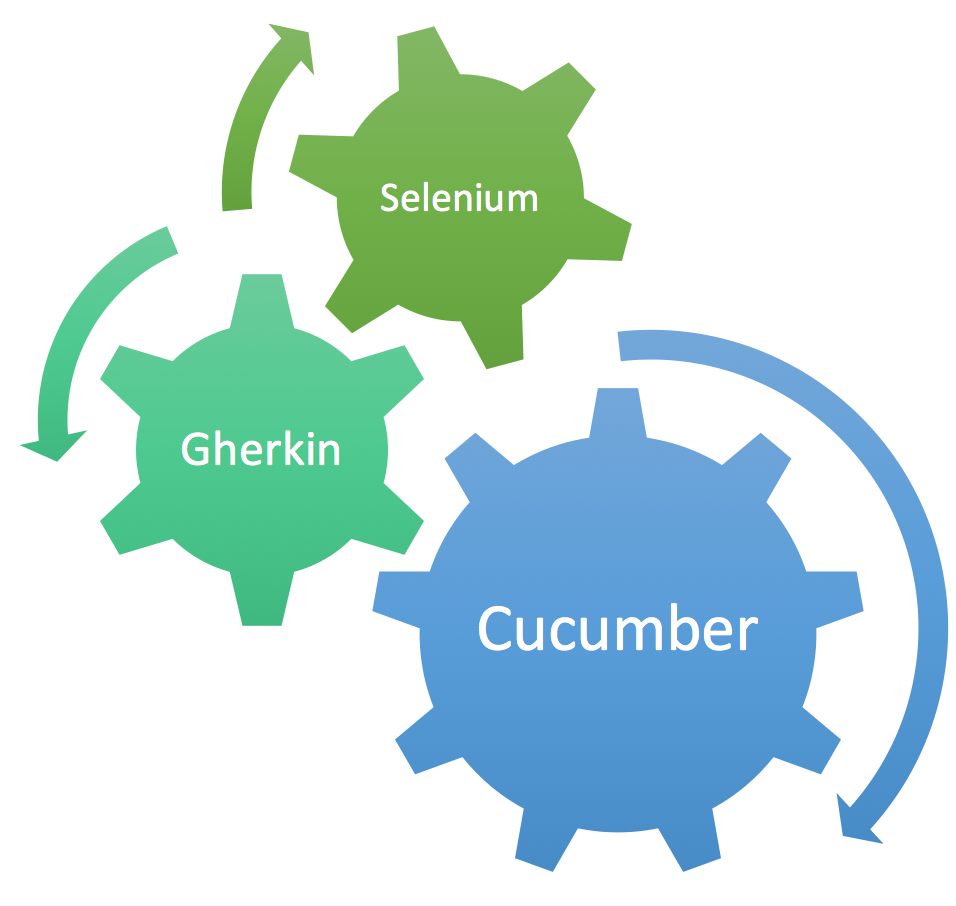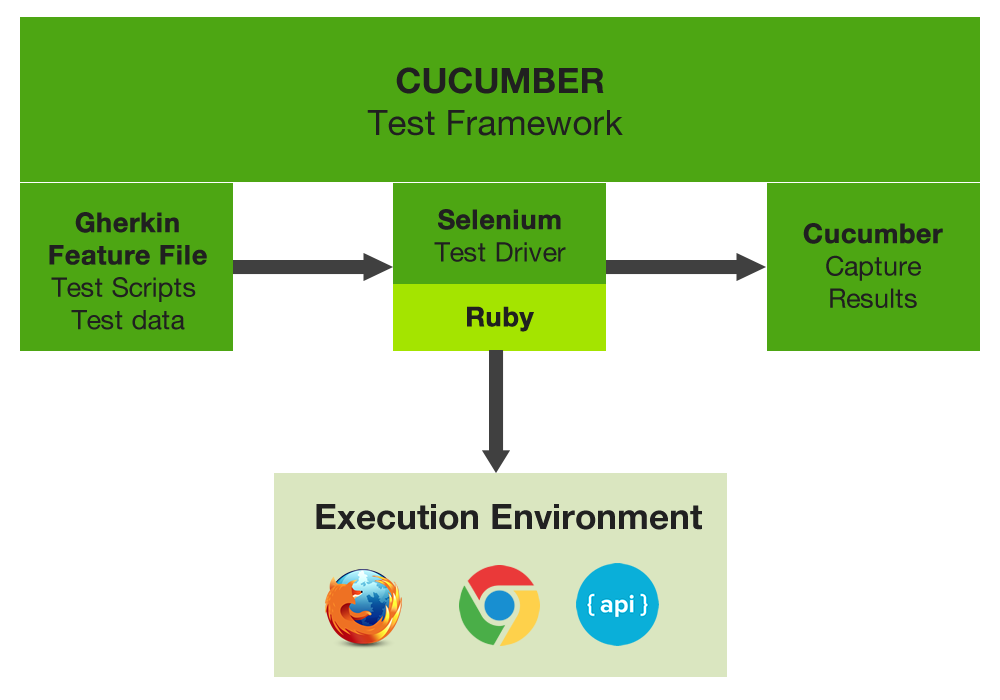Cucumber, Selenium and Gherkin have become popular tools for helping teams implement test automation or what is often referred to as Acceptance Test Driver Development (ATDD) or Behavior Driven Development (BDD). In this article we will cover some more advanced features of the Gherkin language that can help you write tests that are simpler and more reusable.
We will cover:
- Using Regular Expressions for Dynamic Data
- Scenario Outlines
- Tables as Arguments
- Backgrounds
In this article series we use Ruby as the implementation language (and we recommend Ruby when there is no other existing preference). However, these examples will translate easily to other languages like Java.









